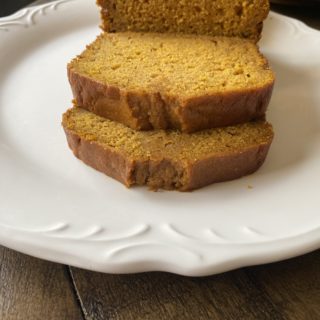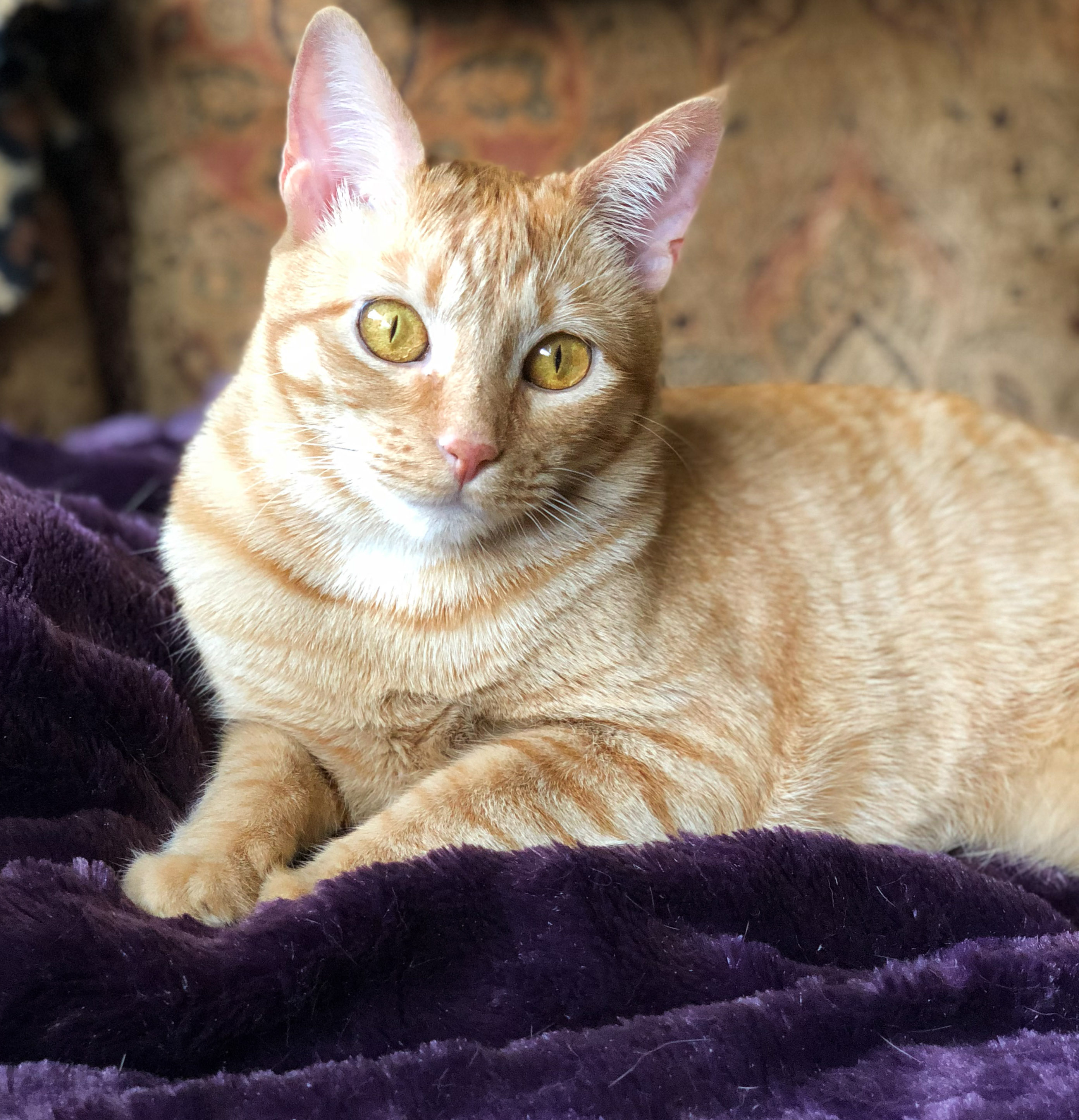
I adopted Marmalade when she was around 9 months old. I never expected her to have a health diagnosis that would require her to undergo surgery anytime in the near future. Marmalade has been the epitome of a healthy and a happy young cat, or so I thought.
A few months ago, I noticed Marmalade’s breath was a little unpleasant. Being an overall healthy and energetic kitty, I dismissed her breath as just well bad breath. A short time later, I got another whiff of her breath, and I thought geez girl, you need some dental treats to freshen that stinky breath. Marmalade’s breath was getting worse, but I was not all that concerned considering she is only around 1 1/2 years old. Since Marmalade had her annual exam coming up, I figured I would just mention it to her doctor at the appointment. No big deal, right? Wrong!
Marmalade’s annual checkup day arrived. I mentioned a couple of things that were a “slight” concern, and the stinky breath was one of those issues. Marmalade’s doctor proceeded to inspect Marmalade’s mouth and teeth, and immediately said, “Oh my goodness!” She immediately found the culprit to Marmalades’s bad breath. She discovered that Marmalade had extremely inflamed gums, and many of her teeth were visually in bad shape. My heart dropped. How could I have let this go on like this? Marmalade has been in pain, and I had no idea! How was this happening with Marmalade being so young? Well, it was happening, and age had nothing to do with it.
There are many causes of stomatitis and periodontal disease in cats. Marmalade’s cause is an immune-mediated disease that was causing the inflammation and attacking her teeth. Marmalade’s blood work came back normal, so her doctor was able to rule out much more serious conditions that could have been causing the inflammation.
Marmalade’s doctor immediately laid out a treatment plan. Schedule radiographs and have a dental with extractions. She explained treating this aggressively now will prevent Marmalade from having more serious conditions such as ulcers and excruciating pain that would ultimately require more treatment and extractions anyway. I agreed. She made it very clear to me that the dental with extractions should be done sooner than later. So. I scheduled the surgery immediately.
A week later Maramalade’ surgery day had arrived. The X-rays confirmed it all! Marmalade’s doctor explained the X-rays as follows: “The teeth that look like they have gaps around them or are thinner are the ones that we extracted. Including the upper canines.”
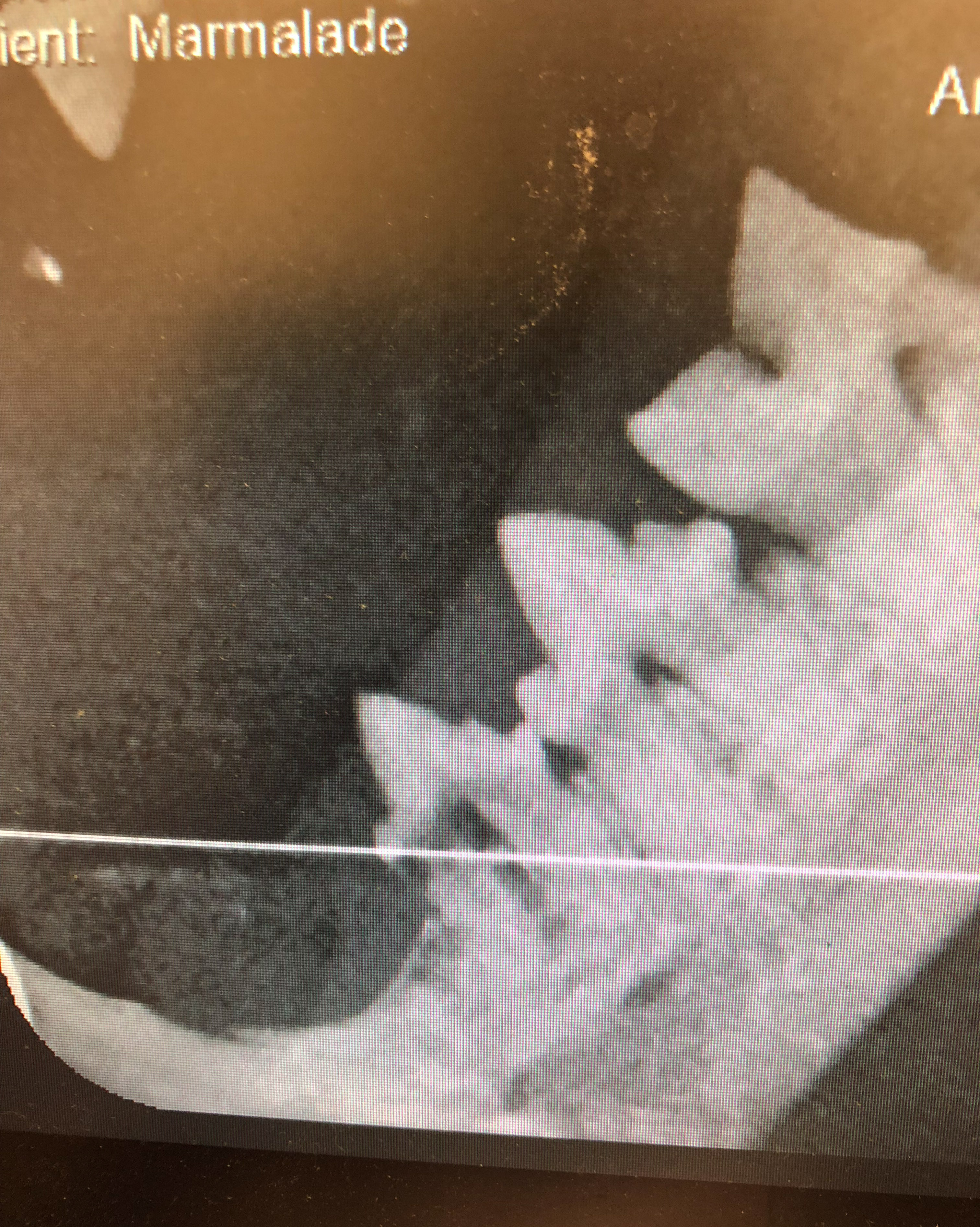
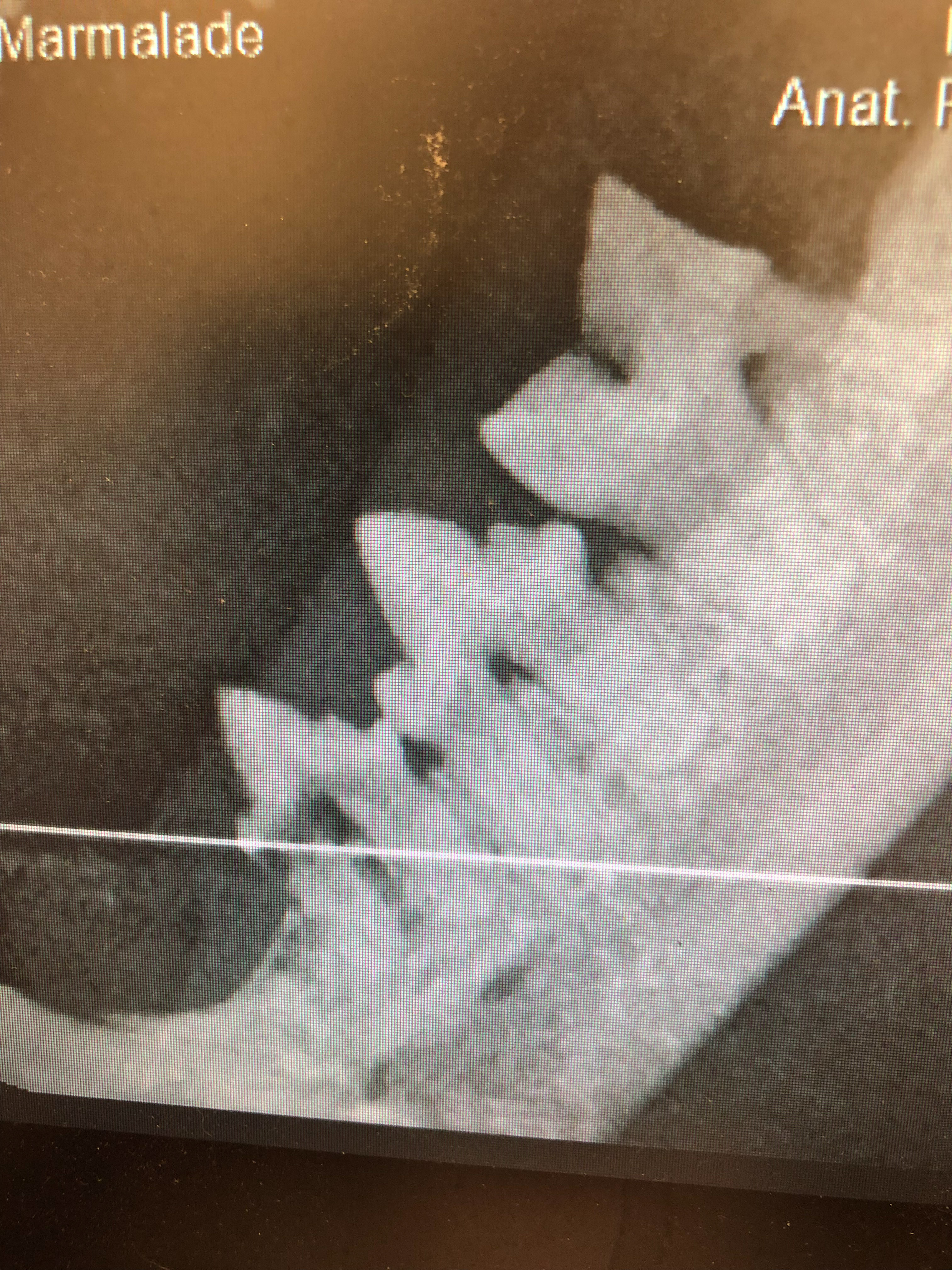
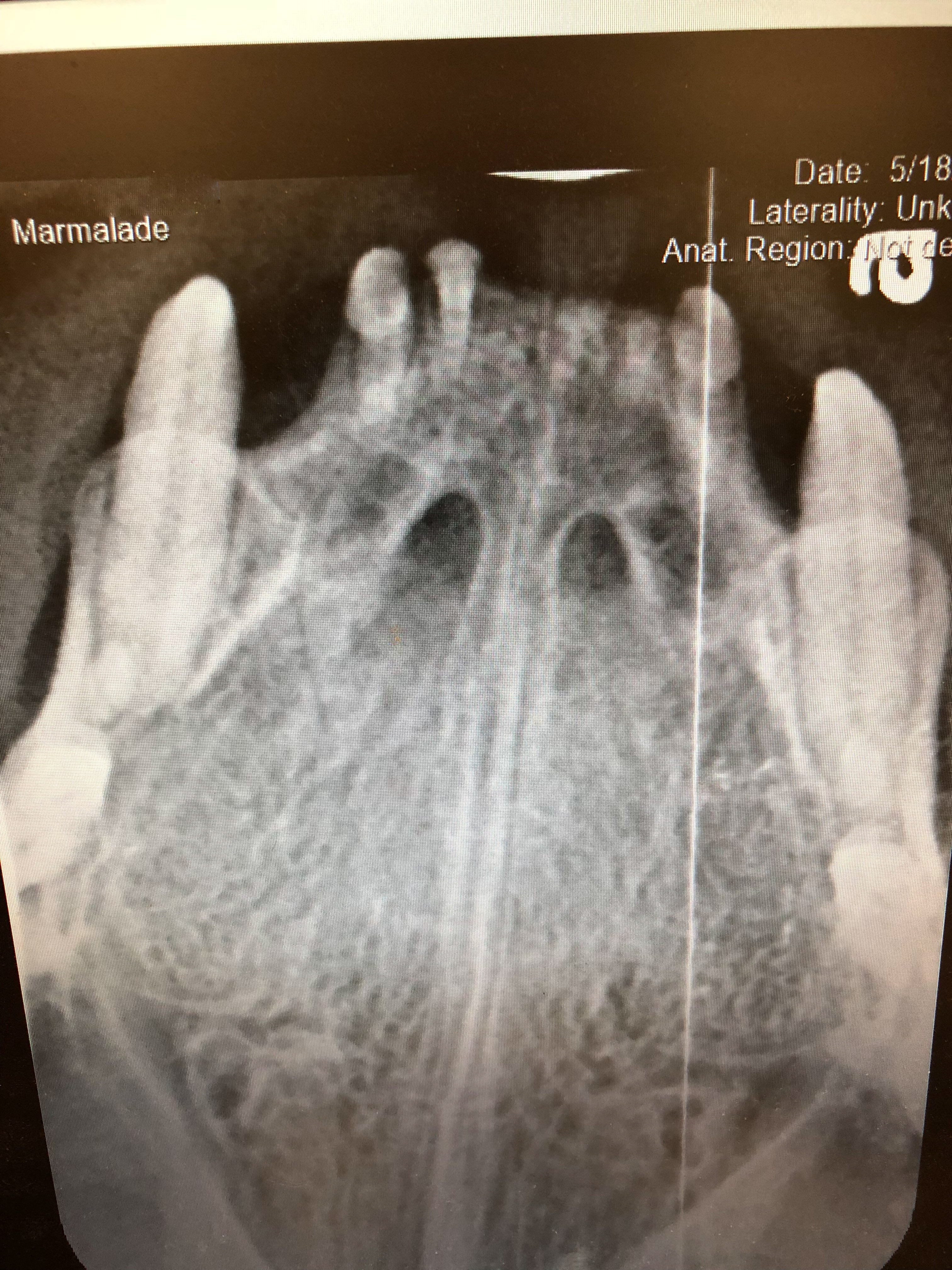
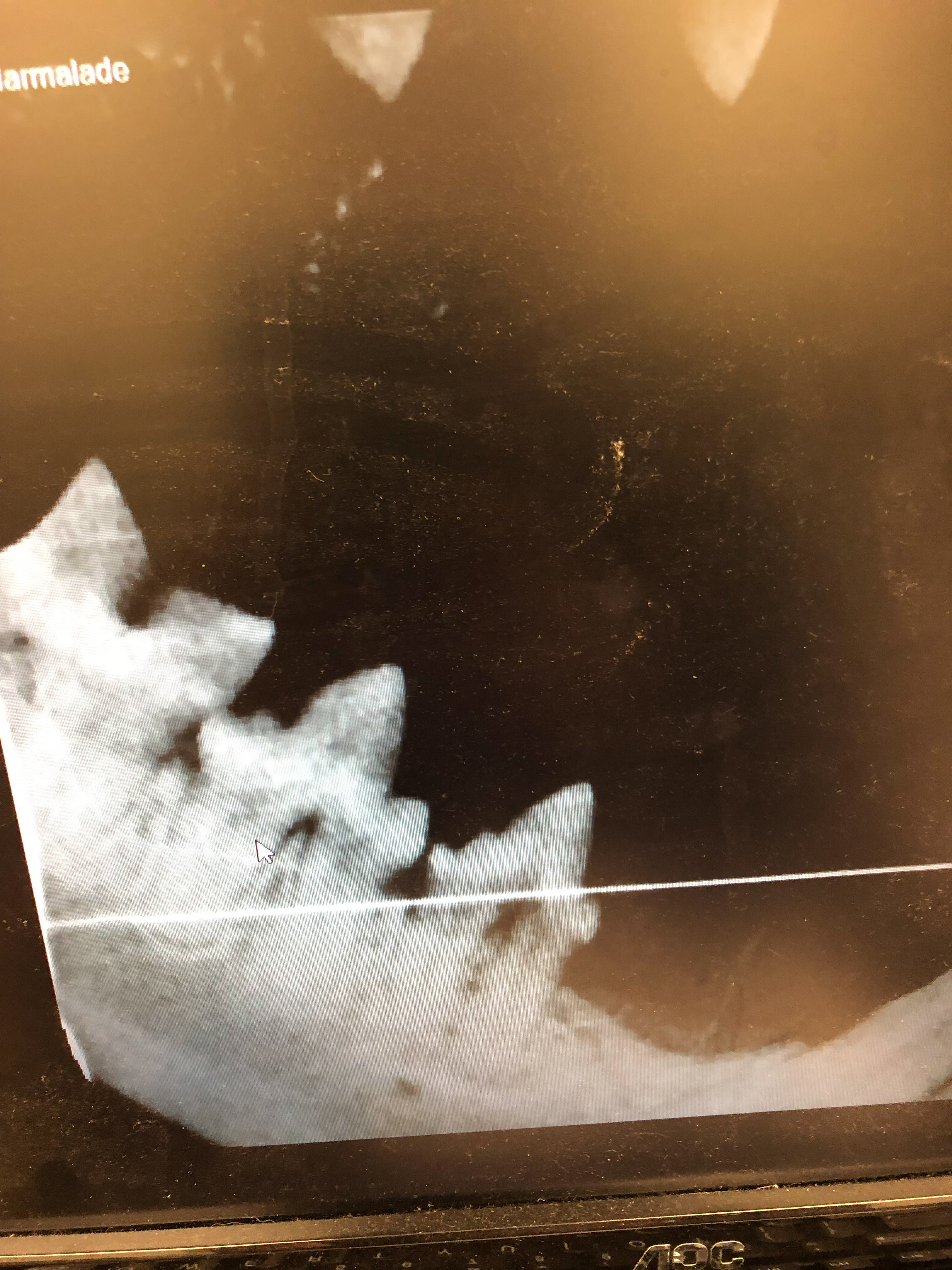
Cats have 30 adult teeth. After the dental extractions, Marmalade now has 4 teeth. 26 of her teeth were removed! Marmalade has her lower canines and 2 upper back teeth. Was I shocked? Yep! After I got passed the number of teeth or lack thereof that Marmalade now had, I was shocked by the magnitude and extent of how severe this disease had effected Marmalade.
If Marmalade’s annual exam had not been so close, I may have dismissed her breath as just bad breath. At least for a while longer. Marmalade would have eventually been in much more pain, her ability to eat would have been compromised, her weight would have dropped, and her health would have suffered.
The lesson I learned that I want to share is please do not dismiss your pet’s bad breath as just bad breath. Make an appointment with their veterinarian right away. Don’t Google to self-treat or diagnose. Just get them to their doctor. There are many, many reasons behind a pet’s bad breath. It may not be severe, but it could be. Sooner than later is always the best option when it comes to your pet’s proactive health.
Next week, I will share Marmalade’s recovery and how she has adjusted to such a big change.
Thank you to Riverview Animal Clinic for giving Marmalade such amazing quality care!

